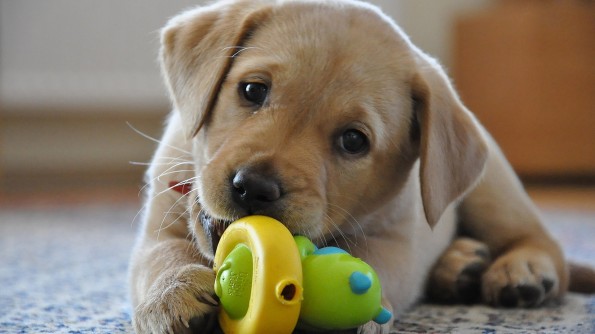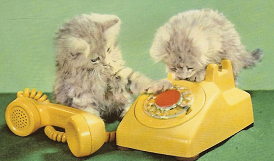
Looking for cat or dog spaying or neutering in St. Catharines, Ontario?
Check out the article below; written by your local veterinarian serving St. Catharines, Welland and Niagara. At the Dog & Cat Clinic of Niagara, in St. Catharines, Ontario we understand that cost can be a factor in choosing your veterinarian but, we believe it should not be the only factor. Low cost spay/neuter clinics are becoming very popular. In order for this style of clinic to function, they need to be fast and see a lot of patients. It is difficult to meet all standards of care that you might expect and wish for your cat or dog under these circumstances. Ask questions and be sure to make an informed choice—know what you are paying for!
“Low cost spay/neuter clinics are becoming very popular. In order for this style of clinic to function, they need to be fast and see lots of patients…Thus it’s difficult to meet all standards of care… Ask Questions!”
Questions to Consider when Choosing a Veterinarian to Spay or Neuter your Cat or Dog in Welland, Niagara & St. Catharines:
- Will my pet receive a full physical exam by a Veterinarian before undergoing anesthesia and surgery? A physical exam is important to detect subtle changes like fever; signs of upper respiratory infections, abnormal heart sounds, etc., that may affect anesthetic and surgical risks and recovery.
- Will my pet have pre-anesthetic blood work done before surgery? Pre-anesthetic blood work can detect hidden problems like anemia, liver or kidney disease that might affect the way your cat or dog handles anesthesia, surgery, or recovery.
- Will my pet receive intravenous (IV) fluids while under anesthesia? IV fluids are very important for protecting vital organs by preventing dehydration and sustaining a safe blood pressure while under anesthesia. The fluids help to flush the body of anesthetics so that your pet will recover faster. The IV line allows immediate access to a vein in the event of a rare but critical anesthetic emergency.
- Will my pet be cared for by a Registered Veterinary Technician (RVT) while under anesthesia? An RVT (www.oavt.org) must attend a certified college and write standardized exams before entering into practice. Among other things, an RVT is trained to monitor your pet’s anesthesia at all times from sedation to recovery to ensure the safety of your cat or dog.
- How will my pet be monitored during the procedure? Instruments such as blood pressure monitors and EKG machines aid RVTs and Veterinarians in detecting changes in an animal’s vital signs early and allow them to make adjustments as needed to ensure a safe smooth anesthesia.
- Will my pet receive a balanced anesthesia, be intubated and breathe 100% oxygen while under anesthesia? Everyone knows the riskiest part of surgery is the anesthesia. The objectives of balanced anesthesia are to calm the patient, minimize pain, and reduce potential for adverse effects. Intubation (placement of an airway tube) protects the patient’s airway in the event vomiting should occur from the anesthesia. It also allows immediate access to the airway in the event of an emergency.
- Will my pet receive pain medication? Surgery is painful. Pain medications are most effective when given before the surgery begins. Proper pain management during the post-operative time is essential for patient comfort and a speedy recovery.
- Will my pet’s body temperature be monitored and maintained in a safe manner during anesthesia and recovery? Cats and dogs start to lose heat from their body just as soon as they are sedated. The smaller the cat or dog, the faster this occurs. Hypothermia (low body temperature) increases anesthetic risk and slows recovery.
 Will the surgery be done in a surgical suite using a sterilized surgical instrument pack and sterile drape? Sterility is very important during surgery. Having a dedicated room with dedicated equipment minimizes the risk of postoperative infection. It is also important for the Veterinary Surgeon to scrub, wear a sterile cap, surgical gown, gloves and mask. The monitoring RVT should also wear a sterile cap and mask.
Will the surgery be done in a surgical suite using a sterilized surgical instrument pack and sterile drape? Sterility is very important during surgery. Having a dedicated room with dedicated equipment minimizes the risk of postoperative infection. It is also important for the Veterinary Surgeon to scrub, wear a sterile cap, surgical gown, gloves and mask. The monitoring RVT should also wear a sterile cap and mask.- Are follow-up appointments included in the cost of the surgery? Will you be able to see the Veterinarian or the Registered Veterinary Technician at your pet’s suture removal/recheck appointment? This can be an important opportunity to ask questions about the general health care of your pet.
